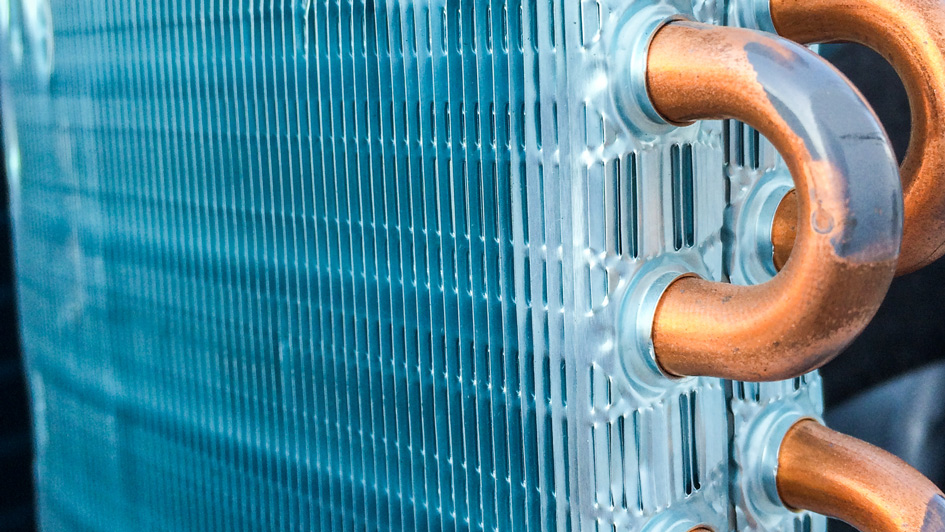
A furnace is often a background player in your home, keeping you warm across the cold winter months. It regularly isn't noticed until a malfunction appears.
One root cause might be that your furnace has a cracked heat exchanger. It can be a safety risk, so it’s worthwhile to familiarize yourself with the symptoms of a cracked heat exchanger and what you can do if you believe that might be the problem.
What Is a Heat Exchanger in a Furnace?
A heat exchanger helps transition heat from the combustion chamber inside your furnace to the air that circulates throughout the system. It typically handles this via coils or tubes that heat up the air while serving as a barrier to keep byproducts formed in the combustion chamber, called flue gasses, from escaping out into your home.
Is a Cracked Heat Exchanger Dangerous?
Given its key role, it’s no surprise that a damaged heat exchanger can be very dangerous. A damaged heat exchanger can permit dangerous gasses – including carbon monoxide, which can be lethal – to circulate across your home.
For this reason, never turn on your heating if you suspect you're dealing with a cracked heat exchanger, as doing so could make your entire household ill. Call an HVAC professional immediately if you think your furnace has a cracked heat exchanger that needs repair.
Four Warning Signs of a Cracked Heat Exchanger:
- Furnace shuts off: A crack in your heat exchanger may cause your furnace to switch off.
- Strange Smells: If the air leaving your furnace has a strong chemical odor, it might be an indicator that gasses are seeping through cracks in your heat exchanger. These gasses, which can smell like formaldehyde, are a common warning sign.
- Carbon monoxide alarm goes off or you recognize symptoms of poisoning: If a cracked heat exchanger is emitting carbon monoxide into your home, your carbon monoxide alarm may go off or household members might experience signs of carbon monoxide poisoning. Complications include headaches, dizziness, weakness, nausea, vomiting or feeling sleepy. If your alarm goes off or you feel unwell, get out of the home as soon as you can and then call for help.
- Soot: If you spot black sooty accumulating on the exterior of your furnace, it’s another sign something could be seriously wrong.
What to Do if the Furnace Heat Exchanger is Cracked
If you believe your furnace has a cracked heat exchanger, hire a pro well versed in furnace installation Troy right away so they can examine your system and, if necessary, start a furnace heat exchanger replacement. Costs will vary depending on the situation, but estimates often hover around $1,000 to $3,000.
Estimates aside, the good news is that heat exchangers are regularly included in the warranty. You should confirm the warranty paperwork on your furnace, as while the warranty might not cover the entire cost of repairs, it still may significantly lower your bill.
How to Avoid a Cracked Heat Exchanger in Your Home
One of the easiest ways to prevent a problem in your furnace overall is with consistent furnace maintenance. Furnaces offer the most benefits when they run efficiently. Contacting a certified professional to inspect your furnace for broken-down parts, clogs in the air filters and other potential problems can help you avoid getting a big bill later on.
It’s also helpful to inspect your furnace filters every few months – it’s recommended some filters be changed every 90 days or sooner if they are dirty or grimy. While the filters aren't a part of the heat exchanger itself, the strain of dragging air through a clogged filter makes your entire furnace work longer to accomplish its job. And the harder your furnace has to work, the more deterioration components like the heat exchanger will endure.


